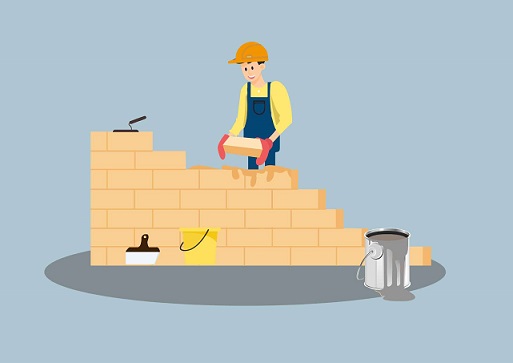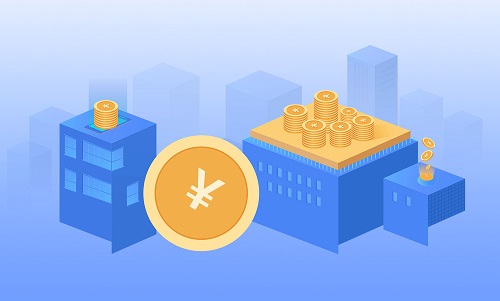天天要闻:Poverty eradication with Chinese characteristics
The People’s Republic of China (PRC) has attained an unprecedented historical feat by achieving Goal 1 of the Sustainable Development Goals (SDGs).
Goal 1 of the SDGs enjoins countries to end all forms of poverty. The PRC eradicated absolute poverty 10 years before the 2030 cut-off date. Goal 1 has the explicit aim to “End poverty in all its forms everywhere”. This SDG goal builds targets on the Millennium Development Goals (MDGs) to reduce the proportion of people subsisting daily on less than $1.25 (about R19), and provide decent work, especially for women and the youth.
Using these targets, the PRC has set a new global benchmark by declaring “complete victory” in poverty eradication, more so for China’s rural citizens and communities.
 【资料图】
【资料图】
In February 2021, the same year that the Communist Party of China (CPC) was celebrating its 100th anniversary, President Xi Jinping proclaimed that the final 98.99 million impoverished rural residents living under the current poverty line have all been lifted out of poverty. All 832 impoverished counties and 128,000 villages have also been removed from the poverty list.
The criteria used by the PRC relied on “two assurances and three guarantees”. The two assurances centred on producing policies, measured constantly for their impact, that provides adequate food and clothing for impoverished rural residents.
This was supplemented with access to non-negotiable basic medical service, nine years of compulsory education and safe housing.
In addition, absolute poverty eradication was attained via public delivery of infrastructure, ensuring rural areas had access to 1.1 million km of reconstructed highways.
These rural areas were capacitated with optical fibre communications (OFC) and 4G technology covering 98percent of the rural areas. These achievements were the total outcome from the 1978 opening up and reform process.
Former Chinese leader Deng Xiaoping was decisive in leading the battle against poverty by introducing agrarian reforms. To be effective, these early reforms built on improving infrastructure to reform and revolutionise agricultural sectors.
This required sufficient investment in irrigation, drainage systems, road infrastructure and internet access to connect farmers to markets, encouraging service sectors to invest in rural areas, and in the process generating employment opportunities in rural areas.
The PRC’s experience is a model to the world about what is possible when there is in a country (i) decisive leadership, (ii) uninterrupted legal and policy continuity, (iii) bottom-up people’s empowerment, (iv) solid intergovernmental relations and private sector partnerships, and (v) leveraging contextual circumstances (in geography, politics, technology, etc).
All these factors have coalesced and translated into “poverty eradication with Chinese characteristics”. China eliminated absolute poverty and hunger by making widely available distance education, making sure that impoverished rural areas had OFC and so had access to telemedicine and e-commerce.
It is not inconceivable for South Africa to replicate the Chinese model of ending poverty in all its forms. What is needed is bold decisive leadership that transcends ideological party affiliation and focuses on realising one goal.
Second, is to empower citizens with the tools for their own liberation so that they aren’t mainly dependent on social grants. Third, the involvement of the private sector is irreplaceable in mobilising a whole-of-society approach.
As China deservedly celebrates ending poverty in all its forms in the PRC, there is still more to be done. As President Xi said, "Being lifted out of poverty is not an end in itself but the starting point of a new life and a new pursuit."
Paul Tembe is a South African expert on China.
关键词: characteristics Chinese


























